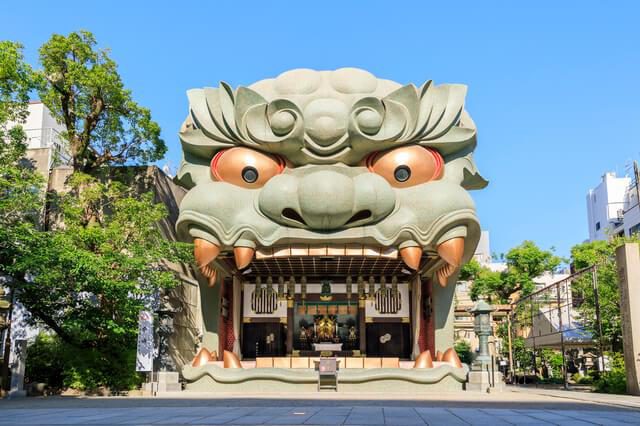
A trip through Tottori: a first visit, yet somehow like coming home
Last update
Of Japan’s 47 prefectures, Tottori has the smallest population. This explains why just a short distance from the city is lush nature and traditional countryside landscapes.
The people who live on this land have a strong affection toward and pride in this place, and generously welcome guests. Perhaps this is why it somehow feels like home even on a first-time visit.
Of course, every part of Tottori’s nature, towns, culture and food is abundant and attractive. A two-day trip around Tottori will likely refresh memories of home that are nearly forgotten.
Time spent in the countryside, charmed by people, food and space

The proprietress, Setsuko Teratani, has many fans who love her personality and her stories.

A range of country-style dishes, handmade with care using local ingredients.
The tour begins at Tottori Station, where we take a car for approximately one hour before arriving at the mountain town which is over 90% forest, Chizu. Our destination is lunch at Mitakien, located in the Ashizu Valley.
As we alight from the car in the parking lot, the view of the beautiful, forested valley, the clucking of chickens, the aroma of open fire, crisp mountain air and the kind smile of the proprietress welcome us. As we are guided into the premises, small paths lead through the woods, streams flow and thatched shacks dot the hills. It’s as though we have entered an old tale world.
We enter and don’t have to wait long before we are brought a feast that makes full use of the local countryside resources like wild vegetables, tofu, konnyaku, river fish and more. The proprietress tells us local stories and we obediently tuck into our food, feeling warmth and hospitality fill our bodies with each bite.
The space and meal is somehow nostalgic despite it is our first visit. It is a wonderful lunchtime that we are reluctant to end.
At a grand residence that is an Important Cultural Property, view white porcelain works with the master himself

See the skills and sophistication of Japanese traditional architecture in every corner at Ishitani Residence.

The words of master Maeta are full of love for place and creation.
Our wanderlust is stirred up with this thoughtful hospitality, and our Tottori trip is already overwhelming us with a thousand emotions. Onward to our next destination where a special cultural experience awaits. Our next stop is at a former post town in the valley of the same Chizu region, called Chizujuku.
We arrive at the Ishitani Residence, which gives off a special presence amidst a street of old Japanese buildings. It is a grand villa and designated as a national Important Cultural Property as part of Japan’s architectural heritage from the Edo to the Showa period. We pass through the imposing front gate and enter the main building and are immediately overwhelmed by the huge beams and pillars on the earthen floor.
Waiting for our arrival is the host for our special cultural experience, Akihiro Maeta. He is a ceramic artist and creator of the white porcelain artworks displayed throughout the house. He is a master of white porcelain and the first Tottori resident designated as a Living National Treasure.
We tour the building with Mr. Maeta, who is himself a fan of the Ishitani Residence, and enjoy his white porcelain works that decorate the alcoves in each room. We listen to Mr. Maeta explain how the natural light entering through windows and paper screens accentuates the white porcelain forms and are drawn into their beauty. We are deeply moved not only by Mr. Maeta’s work itself, but by his deep knowledge and how he uses it to speak of this place and his work.
A luxury stay at the newest and best accommodation in Kaike Onsen

All guest rooms are premium suites over 100 m2 in size.

The dinner is a parade of gorgeous dishes that feature the best of Tottori’s land and sea and it is what the inn is proud of.
Already missing the time we spent with the white porcelain master, we leave Chizu and head towards Yonago City in western Tottori.
Along the way, we stop at Mitokusan Sanbutsuji Temple to see the Nageire-do Hall standing in a hollow up a vertical cliff face from a distance. It is said to be the most difficult-to-visit temple hall in Japan. We put our hands together to pray for a safe journey.
By the time we arrive at Kaike Onsen in Yonago City and check in to our accommodation at Yado Shiontei, the sun has already set. This is the newest and best hot spring inn at the historical Kaike Onsen hot spring area. All 10 rooms are premium suites, and our room has a soothing atmosphere that combines tradition and modernity with a Japanese traditional edge.
After enjoying a private soak in an outdoor bath filled with good natural hot spring water, it is time for the inn’s famous dinner. The chef personally goes to the farms and ports in Tottori Prefecture to select ingredients for this varied Japanese-fusion cuisine. We experience a luxurious evening, relaxed from the bath and happy and satisfied from the delicious meal.
Having vegetarian cuisine at a historic temple inn and being gratitude for abundance at sacred Mt. Daisen

Daisenji Main Hall stands halfway up sacred Mt. Daisen. The solemn atmosphere makes us straighten up and stand tall.

Vital words of wisdom from Goken Shimizu, chief priest at Sanrakuso, Kanshoin Temple.

Organize your body, breath and mind with shojin ryori vegetarian food full of the blessings of Mt.Daisen.
We eat breakfast in the dining room overlooking a beautiful garden and depart Kaike Onsen. We leave the town area of Yonago and set our sights on the tallest mountain in the Chugoku region, Mt. Daisen, which is famous as a sacred mountain.
We enjoy watching the scenery from the car window as it changes with the elevation and arrive halfway up Mt. Daisen. There we pay our respects to Daisenji Temple, which was once a busy place as a training site for mountain worshiping practitioners of Shugendo. We look up at the sacred mountain as we climb the stone steps and put our hands together in prayer at the main hall. In the cool and clear morning air, we feel our mind and body being purified.
After paying our respects, we go to the temple lodging with over 400 years of history, Shukubo Kanshoin Temple Sanrakuso, to have a vegetarian lunch of shojin ryori. First, we put our hands together in prayer at Fudo Myoo, the main deity at the temple. As we wait for the meal to arrive, the head priest, Goken Shimizu, tells us about the history and culture of the mountain and the temple. This is yet another unique experience befitting the location.
“Organize your body, your breath and your mind. Here, Mt. Daisen will do that all for you. Give thanks to the mountain as you taste your food, and spend some time organizing your body, breath and mind.” In this way, the head priest enhances the shojin ryori lunch with his conversation.
A special visit to the oldest hall on the mountain at Daisenji Temple. Embraced by the mountain and Buddha in a state of nothingness

Daisenji Temple Amida Hall. The oldest standing hall on the mountain.

A statue of Amida Nyorai Buddha, said to have been made in the Kamakura period (1185–1333), sits in the hall.
We enjoy the hearty vegetarian meal and feel the blessings of Mt. Daisen organize our body, breath and mind. After the meal, the head priest guides us to the Amida Hall, deep in the mountain, for a special visit.
We leave Sanrakuso behind and drive with the head priest for several minutes. We arrive at our destination even further up the mountainside and get out of the car. Immediately, we are at the approach to the temple. Amidst tall trees, between moss-covered rock walls, is the long path, lined with paving stones and stone steps. One step and one stair at a time we climb, eventually arriving at the hall, with the woods of the sacred mountain standing tall behind it. Amida Hall is the oldest building on the mountain, and a nationally designated Important Cultural Property.
Ordinarily, it’s not open to the public and the doors and windows are closed tightly, but the head priest unlocks the door. We enter the dim building, and deep inside we see the golden glow of the Amida Nyorai Buddha. Serenely beckoned by its calm expression, we move closer and pray. Putting hands together in the cool silence, we feel peace, as though the mountain and the Buddha are taking us to their bosom.
The deeply meaningful experience of yumihama gasuri, a traditional craft handed down through the generations in west Tottori

The owner of Kobo Yumihama, Hirofumi Tanaka. He even spins the thread himself.

Warp and weft threads are carefully woven, creating an intentional pattern.
After expressing our gratitude to the head priest for organizing us with shojin ryori and a special temple visit, we descend the mountain. Feeling refreshed, we move to the next location on our itinerary. After Mt. Daisen, our next stop is once again in Yonago City, at Kobo Yumihama. We’ll tour the facilities and try Tottori’s traditional craft, yumihama gasuri.
Before visiting the studio, we stop by the Asia Museum, Yasushi Inoue Memorial Museum. Waiting for us there is the studio’s owner and yumihama gasuri artisan Hirofumi Tanaka. We see the materials relating to yumihama gasuri on display, and learn about its history, tradition and process with the explanation by Mr. Tanaka. Afterwards, we visit the nearby cotton field to learn about how the raw material is cultivated before arriving at the studio.
Looms line the room, and their lively rhythm echoes through the studio. First, Mr. Tanaka and the other artisans show us how the thread is spun and woven. After hearing the explanation by Mr. Tanaka, it’s time to sit at a loom and try weaving a coaster.
The work of using the warp and weft threads that have been dyed with indigo to result in a pattern when woven is more precise and delicate than one might imagine. However, that just means that the joy one feels the moment the pattern emerges is second to none. We are not able to finish it ourselves, but we leave the finishing touches to Mr. Tanaka, and when the finished piece arrives several days later, we feel an emotional lump form in our throats.
It is a one-night, two-day stay that traverses Tottori Prefecture from east to west, experiencing the history and culture of the region. Immediately after the trip ends, we look over our photographs and recall episodes from the trip, but after some time, we begin to long for the things not captured in pictures. That is the feeling of love the people we met have for their land, and their spirit of simple local hospitality welcoming the guests. That’s why the next time we visit there, we’ll sure to greet them with, “We are back.”
By personally visiting Tottori and experiencing and telling about the wonderful culture and tradition we encounter there, we hope we can be some help in ensuring that charming tradition and culture of Tottori is passed down to the next generation.
Check also...
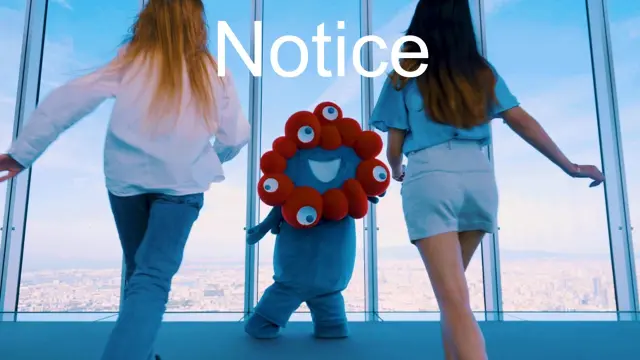
Restrictions on Large Baggage
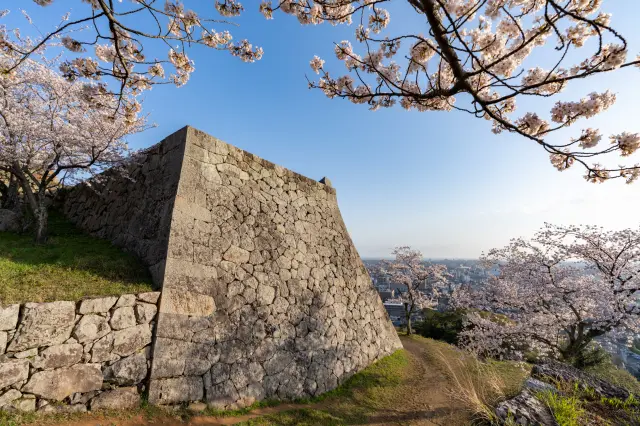
Hidden Stories in Stone: Exploring Japan’s Castle Walls
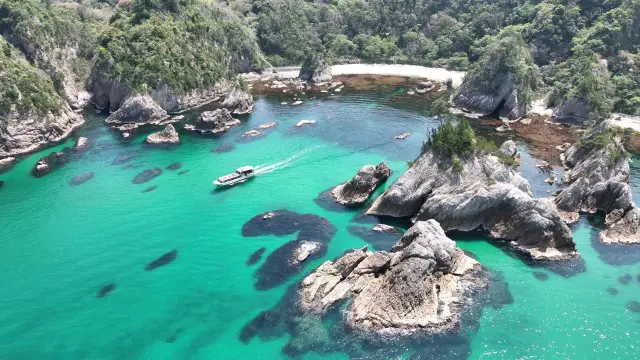
Tottori: A Journey to Unwind in the Majesty of Nature at San’in Kaigan Geopark
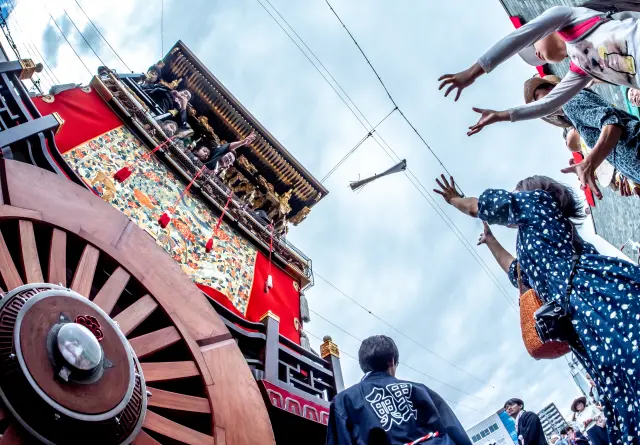
10 Traditional Performing Arts and Events in Kansai
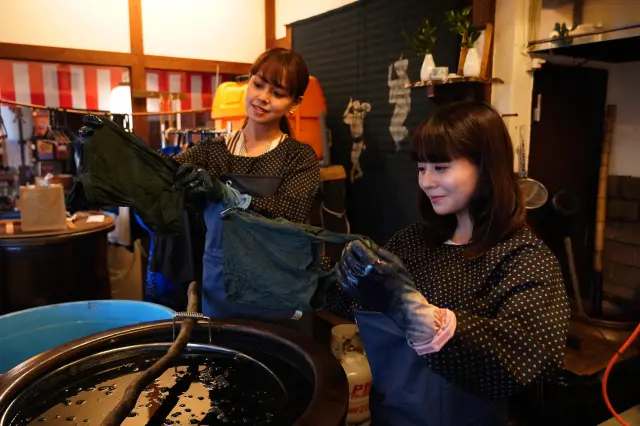
Top 10 Spots to Try Kansai's Traditional Crafts

2-day/1-night Tour Embracing the Power of Nature with Views of the Sea and Sand Dunes, and Exploring Towns Enriched by the Blessings of Hot Springs(Tottori-Hyogo)
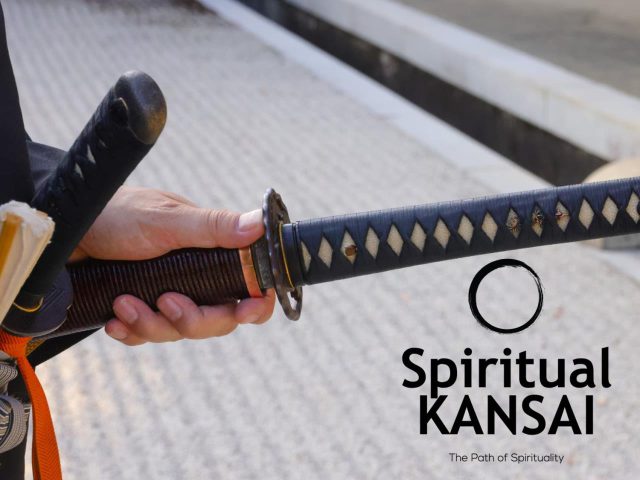
SAMURAI MIND
